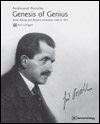|
Long an important force in the design of German automobiles, Porsche's fledgling effort at building its own vehicles occurred just
after World War II in the unlikely location of a sawmill in Gmünd, Austria, and weathered the internment of both Professor Ferdinand
Porsche and Ferry Porsche. From those modest beginnings, Book 1 of Porsche: Excellence Was Expected
by Karl Ludvigsen takes the reader through Porsche's move back to Stuttgart and its first forays into racing with its road cars.
Soon, in the tradition of Prof. Porsche, the company defined itself as one that found its own unique engineering solutions to any
challenge. For its own cars that meant exploiting the Volkswagen formula of a rear-mounted air-cooled engine driving the rear wheels.Those
challenges also included competition, first at the local level and then on the international stage. Class wins by 356 coupes and 550
Spyders at Le Mans soon yielded to overall victory in the 1956 Targa Florio.
Gradually the 356 evolved and matured. After a long and fruitful life it was superseded by the brilliant 911 in 1965. In the same
way some of the old guard - such as Huschke von Hanstein who ran public relations and competitions - gave way to young leaders like Ferdinand
Piëch. Meanwhile the company continued its march towards the highest levels of motorsports contests, scoring victories in endurance
racing, Formula One, rallying and in many different venues across the globe.
This first period of Porsche history was pivotal. Under Ferry Porsche the young car company confirmed its impeccable engineering
credentials, became known globally through competition and continued its cautious expansion while remaining privately held and proudly
independent of bankers. Just as this era of the company created the foundation for all of its future accomplishments, this first volume of
Karl Ludvigsen's masterwork provides the building blocks for the fascinating history and developments to follow.
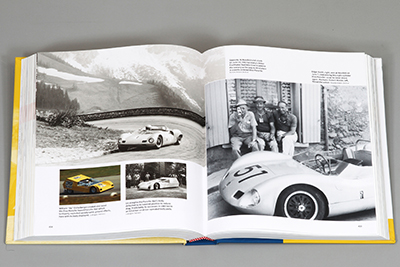
|
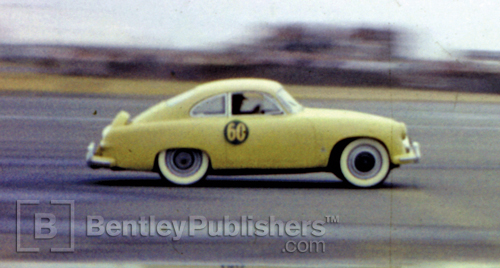
Although not a finisher in any of its 1953 entries, competing in the SCCA's Class D for 3.0-liter cars, the Fageol-Porsche showed that Lou Fageol was serious about sports-car racing.
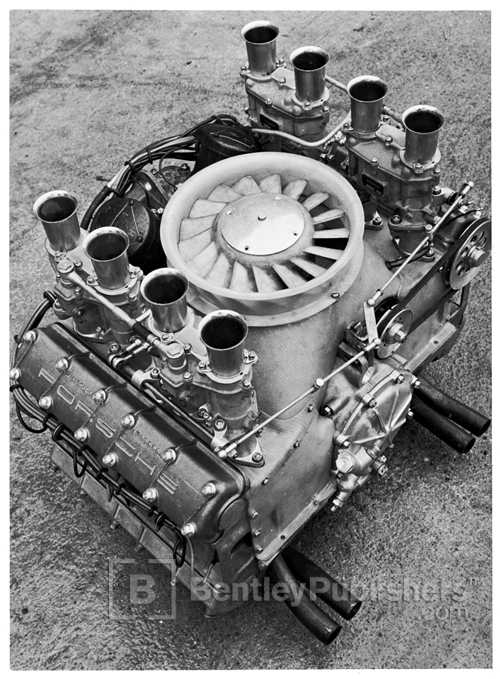
The 2.0 liter Type 771 flat eight engine used to power the W-RS Spyders in
1962.
|
Highlights in Book 1:
· Designs for
others
· Porsche becomes an
automaker
· The 356 on the road
· Four-cam Porsches
· Porsche in Formula I
·
"Big Porsche" plans abandonned
· Birth of the 911
· Contesting the big races
· Porsche model timeline
|
|
|
Models in Book 1:
Production
356
American
Roadster
Speedster
356A
356B
356C
911
912
911S |
Competition
550
550A
718
804 GP
Elva-Porsche
904
906
907
911R
910
908
909
917K
|
|
|
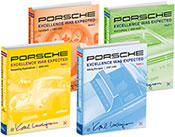
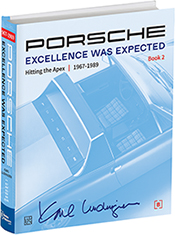
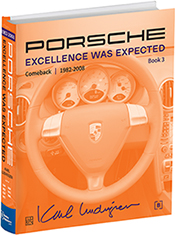
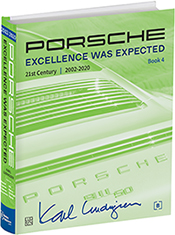
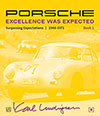
![[B] Bentley Publishers](http://assets1.bentleypublishers.com/images/bentley-logos/bp-banner-234x60-bookblue.jpg)






